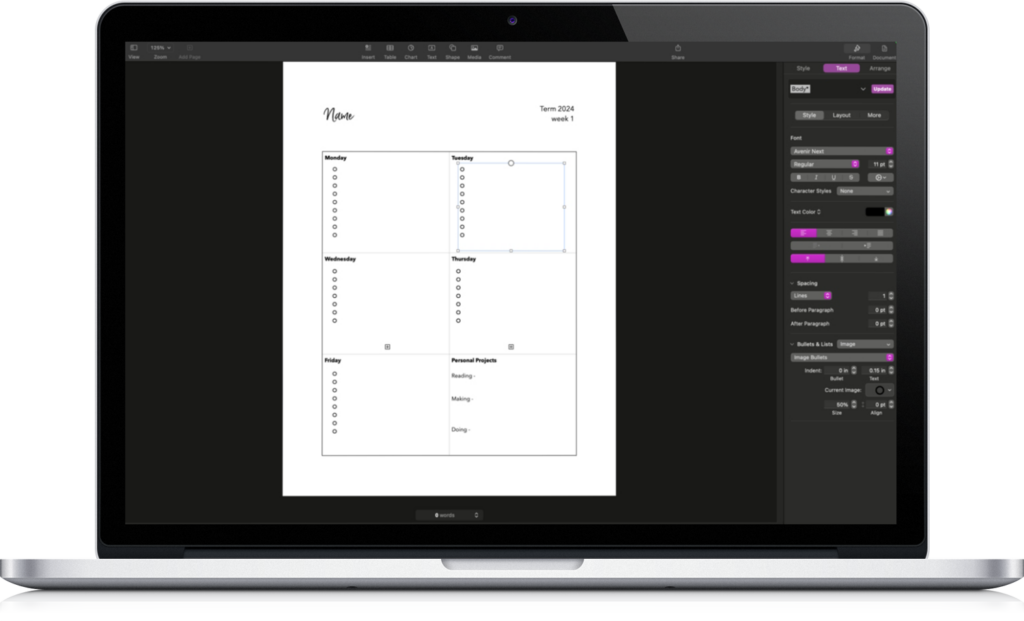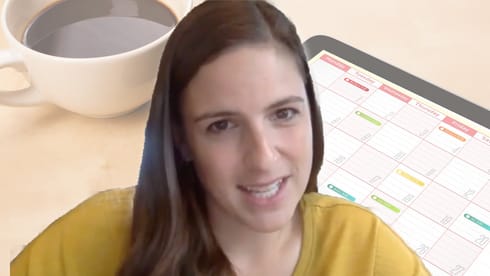Why We No Longer Use Trello for Homeschool Checklists
I have many posts and YouTube tutorials explaining how we have used Trello to organize our kids’ homeschool checklists.
Yes, that’s a past-tense verb because for the second half of the last school year we moved back to paper checklists, even for the high schooler.
But if there’s one thing that a homeschool parent learns over the long haul, it’s that what works at one point, doesn’t necessarily continue to work. And the real test of a system comes when the novelty and attentiveness wane. It took longer to reach that phase with the Trello list, but when it came, my husband was quick to help me see it and change rather than hold on to a system simply because I had recommended it to others with excitement.
When we were troubleshooting our kids’ computer use and time use, he asked that we try a term of paper checklists again and compare.
It did not take even three weeks for everyone – even the kids – to be 100% on board with the return to paper, and we haven’t looked back.
Here are the three factors that caused us to reconsider our Trello habit:
The Kindle Trello app stopped working.
When we first started using Trello 2 years ago, our older two boys had just received their Kindle Fires, and I installed the Trello app on them. At some point during the next summer break, that app was not only no longer supported, it was removed completely.
That meant that instead of having their checklist on their little, portable device, they had to turn on and consult the big desktop computer to check their lists. This introduced new problems to our use case that might not have occurred had they been able to check via their Kindles.
The computer screen kills brain cells.
Once the big screen desktop was on, it was a distraction machine, even when they accessed nothing else at all.
You’ve felt it, too, right? You get on to “check something” and end up staring blankly into the glow.
Now give a student a reason to “check something” at almost any and every point in his school day – and we have a problem.
When unsure or indecisive about what to do next, turning on the computer and staring at a screen 1) is simple, easy, and appealing; 2) feels productive while actually being dawdling.
One student tended to keep the computer on with his checklist up and do his schoolwork at the desk in front of it. It looked studious and productive, but every time he glanced up to think or glanced up to “check,” he was actually distracted and his attention was fragmented. The glow of the screen was more attractive than the paper page in front of him.
Even without any unauthorized internet access or computer use, which was a possibility I had to be on the alert for, simply accessing a screen skyrocketed the dawdle-factor in our day which we had, for the most part, conquered several years before.
On the other hand, the younger students were using it as well so that I only had one workflow and place to check myself. These students had not yet been trained out of dawdling habits but had just been handed a legitimate device use. They would access it, supervised, on my iPad, but the same brain cell deadening was clearly happening. They couldn’t hold a task in their mind for 30 seconds – they had to “check it again.” Something needed to change.
Computer use is a slippery slope.
Once you give a child a legitimate reason to use the computer, it becomes a simple logical gymnastic in his head to justify other uses. He is now a computer user, and one that didn’t need to ask first to “check something.” The temptation is sitting right there, the whole school day, and legitimately so.
I know of nothing worse than a tendency to check Amazon for the current price of certain LEGO sets, but as I have told my sons, “You know the woman in Proverbs who lures unsuspecting men into her house which leads to death? Yeah. She lives on the internet, seeking whom she may devour. I don’t want you hanging out near her doorstep, and you are even if you don’t think you are.”
Part of our attempted digital workflow was also the use of Slack – a messaging app. The boys would type their narrations and send them via Slack, they would notify me if they needed help via Slack so I could get the notification without interrupting another lesson, and they could ask quick questions and I could give quick answers. Introverts love communicating without having to talk, so Slack was convenient for myself and my two older boys.
But, they were adolescent boys as well. So they were also messaging stickers and emojis and messages that were probably jokes (seemed like nonsense to me) back and forth between themselves, and I had no way to monitor or know that’s what they were doing unless I was looking over their shoulder. So, again, the tool became a cause of dawdling and distraction more than of effective, productive work.
Out it had to go, because distracted dawdling is a sinkhole of a habit. As we slipped down the slope, work became less reliably accomplished and the length of the school day increased. Work that had not happened was checked off. Now, this still happens with paper checklists, but it was I believe that dazed screen-glaze was increasing the habit both of “just checking” and checking things off for the sake of clicking and also giving up on personal ability to get it done, so might as well mark that you’ve made the choice to move on and not even try.
Trello homeschool checklists just didn’t work
I still think it’d be possible for homeschoolers to use Trello effectively, depending on the arrangement, the level of supervision, and the personality of the children involved.
However, as soon as we moved back to paper, everyone’s brain fog noticeably lifted and consistency in working on one thing until it was done increased. That is totally worth the time, extra paper, and chance of loss and destruction inherent in paper checklists.
We all default to the easiest path, and that’s only more true for children than adults. It’s human nature. Helping our children navigate distractions and stay on task is part of discipling and training them, but when they have a hard time, it’s not a discipline problem or a character flaw; it’s just a reality of being human.

Get 5 of my favorite homeschool checklist templates!
Jumpstart your homeschool checklist practice by starting with one of my proven formats. Open, edit, and make them your own! Plus, get tips and followup, too –



